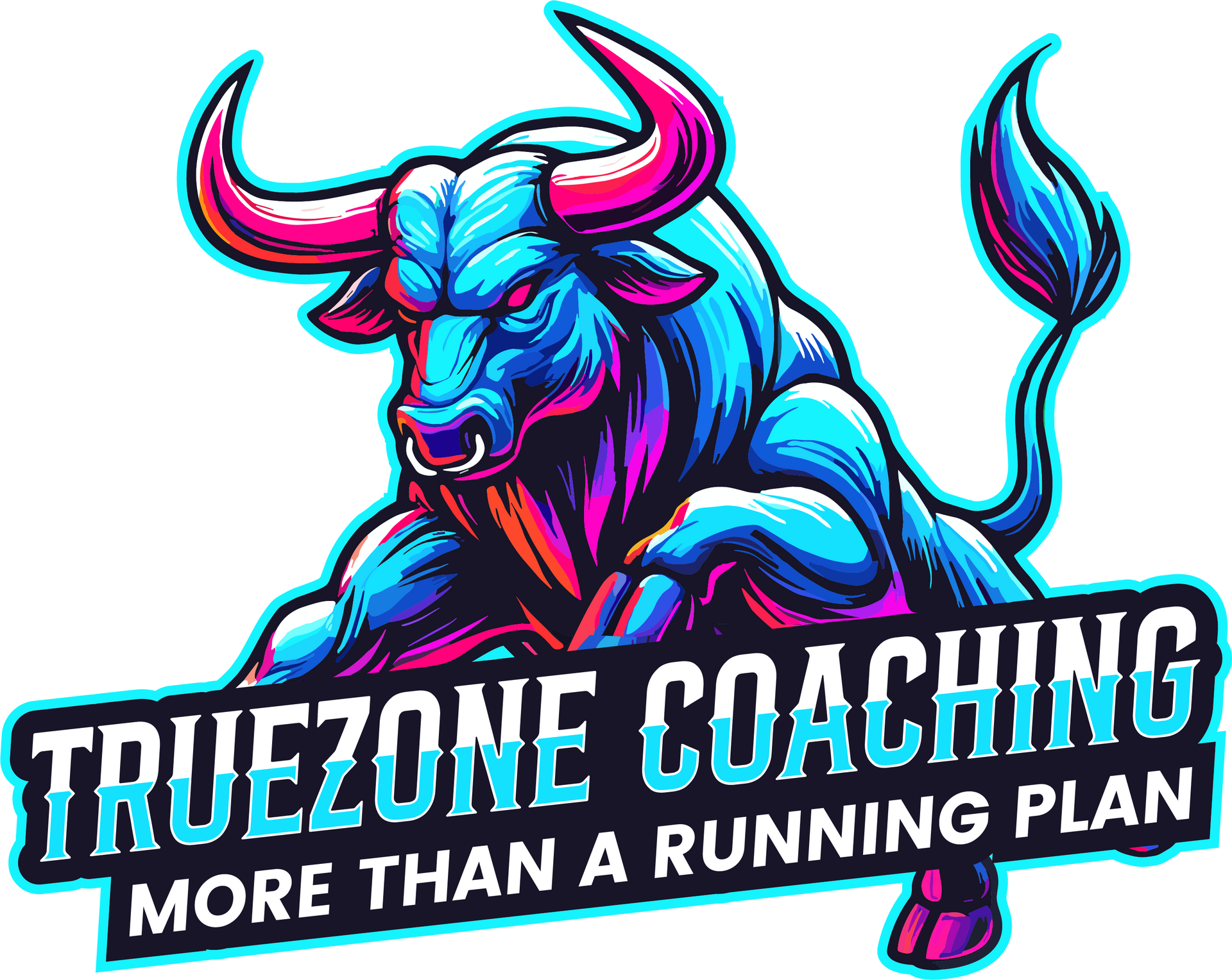Beat the Heat: Pace Zones or Heart Rate Zones in the Summer?
Take control of your running and avoid heat related injuries
Summer is here, and while the sunshine and longer days can be a runner’s delight, the heat and humidity can throw a wrench into even the best-laid training plans. You might notice your usual paces feeling much harder, and hitting those target numbers on your watch can become a real struggle. That's where shifting your focus from pace zones to heart rate zones can make a significant difference in your summer running experience.
Understanding the Difference
Before we dive in, let's quickly recap what pace zones and heart rate zones are.
Pace Zones: These are based on how fast you’re running, usually calculated using recent race times or time trials. They dictate a range of speeds for different types of workouts, like easy runs, tempo runs, or interval training.
Heart Rate Zones: These zones are determined by your heart rate, which reflects how hard your cardiovascular system is working. Heart rate zones are often expressed as a percentage of your maximum heart rate (MHR) or heart rate reserve (HRR).
Why Heart Rate Zones in Summer?
Here's why switching to heart rate zones during the summer months can be beneficial:
Accounting for Environmental Stress: Heat and humidity place extra stress on your body. Your heart has to work harder to cool you down, which means your heart rate will be higher at the same pace compared to cooler weather. Relying on pace zones alone can lead you to push too hard and risk overheating or injury. Heart rate zones provide a more accurate reflection of your body's effort level under these conditions.
Preventing Overtraining: In summer, it's easy to fall into the trap of pushing too hard to maintain your usual paces. This can lead to overtraining, which can result in fatigue, injury, and burnout. Using heart rate zones helps you regulate your effort and ensure you're running at the appropriate intensity, even when the weather is working against you.
Training Smarter, Not Just Harder: Heart rate zones allow you to train smarter by focusing on your body's actual response to the workout, rather than just the numbers on your watch. This is particularly important for easy runs and recovery runs, which should truly be easy. If you’re trying to stick to a pace zone on a hot day, your easy run might end up being much harder than intended. Heart rate zones help you keep these runs at the right intensity, promoting recovery and building your aerobic base.
Adapting to Daily Variability: Even within the summer season, temperatures and humidity levels can fluctuate. Heart rate zones help you adapt to these daily changes, ensuring that you’re always training at the right intensity, regardless of the conditions. You might find yourself running much slower on a particularly hot and humid day, but as long as you’re staying within your target heart rate zone, you know you’re getting the intended benefit from the workout.
How to Use Heart Rate Zones
If you're new to heart rate training, here’s a quick guide:
Determine Your Heart Rate Zones: There are various methods to do this, including calculations based on your estimated MHR or lab tests. Online resources and fitness trackers often provide tools to help you set up your zones.
Monitor Your Heart Rate: Use a heart rate monitor (chest strap or wrist-based) during your runs to track your heart rate in real-time.
Adjust Your Pace: Pay attention to your heart rate and adjust your pace accordingly. If your heart rate is climbing too high, slow down. If it’s too low, you might need to pick up the pace slightly.
Listen to Your Body: Heart rate zones are a guide, but it’s also crucial to listen to your body’s signals. If you’re feeling excessively fatigued or experiencing any discomfort, don’t hesitate to back off.
This summer, prioritize your body's needs and adapt to the conditions. By switching to heart rate zones, you can train smarter, prevent overtraining, and stay safe while still making progress towards your running goals. Happy (and safe) summer running!
Finally, If your training with TrueZone Coaching don't worry about any of this. I manage it behind the scenes and consistently ensure that you're running at the right effort at the right time using the right type of workout. At TZC we also use 7 Zones instead of 5, why? Because when we work hard on those speed and hill days in Zones 5a, 5b and 5c. I want you to be thankful for all those Zone 2 days.
#TrueZoneCoaching #RunningCoachNearMe #TrainingTips
